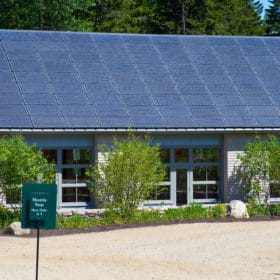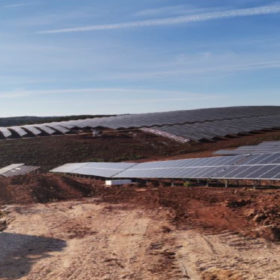End of subsidies could fuel the corporate PPA boom in Europe
Pioneering solar projects which signed ten-year feed-in tariff agreements will soon need to operate free of subsidy and with local authorities like the City of London starting to embrace direct contracts with renewables generators, the PPA market could be set for another turbo charge.
Portugal hits 1 GW milestone
Portugal now has more than 1.03 GW of operational PV capacity, making solar its third-biggest renewable energy source behind hydropower (7.1 GW) and wind power (5.4 GW). However, PV remains the resource with the greatest growth potential in the country.
Simulation tool for mismatch conditions at cell level
Scientists in Portugal have proposed a new framework to simulate mismatch conditions at the cell level. They claim the tool is particularly suitable for simulations of small PV systems with few module strings.
India ranked the world’s most attractive PV market by Ernst & Young
The latest edition of the accountant’s renewables attractiveness index has placed the nation in top spot for photovoltaics, helping it to fourth spot for overall clean energy investment. Mexico has been hammered by the government’s attitude to clean power and France has also slipped, four places.
Portugal to host 257 MW solar-plus-storage plant
Located in Evora, southern Portugal, the solar park is being planned by a Spanish-Portuguese consortium. The plant will be linked to a 10 MW storage system.
European islands make decarbonization pledges
Often dependent on fuel imports from the mainland and frequently powered by fossil fuels, islands have taken center stage at an online forum which builds on a political process kicked-off by Croatia’s presidency of the European Council.
Unsubsidized PV plant goes online in Portugal
Hyperion Renewables continues to expand its PV plant portfolio and is now working on green hydrogen production and distributed generation projects.
Portugal sees 74 MW of utility-scale PV coming online
German group WiNRG completed three of the six projects totaling 205 MW that it is currently building in Portugal.
Portuguese green hydrogen for the Port of Rotterdam
The Portuguese and Dutch governments want to connect the hydrogen project of Sines to the Port of Rotterdam and to develop a strategic export-import value chain to ensure the production and transport of green hydrogen to the Netherlands and its hinterland.
CIGS cells for micro-concentrator PV devices
Scientists have developed a new micro CIGS cell by using an area-selective electro-deposition process as a material-saving technique. It has a conversion efficiency rate of 5.2% and a high open-circuit voltage.










